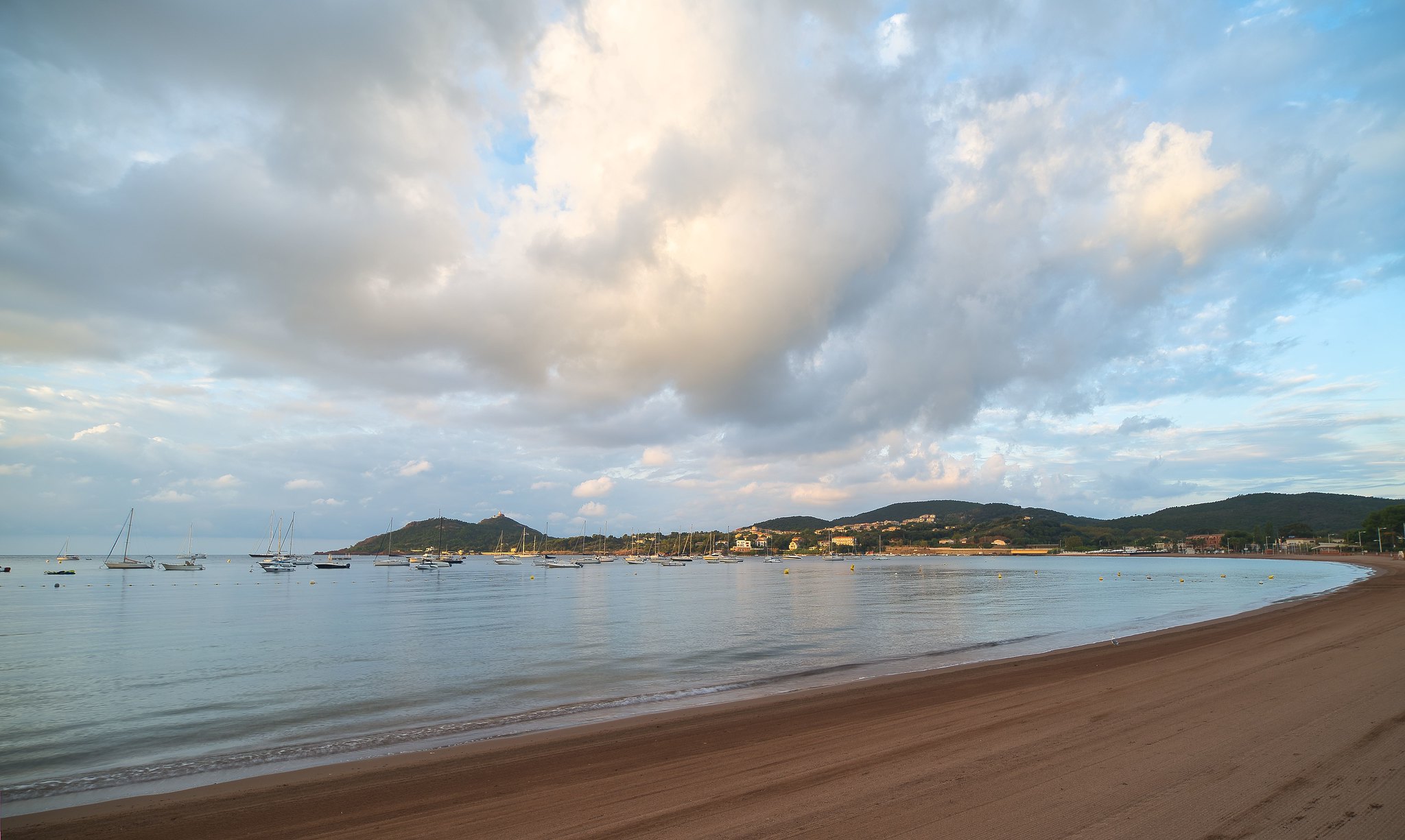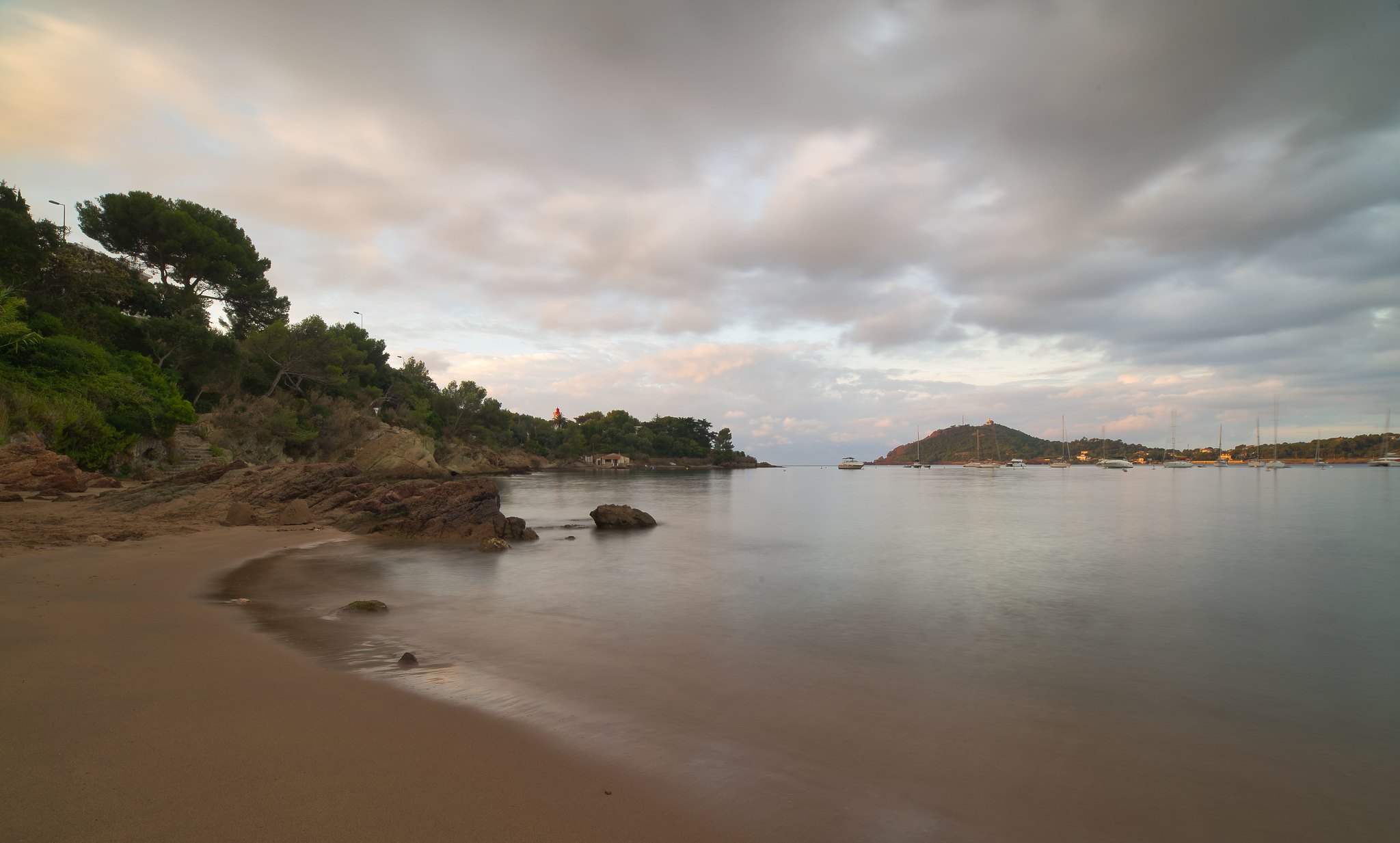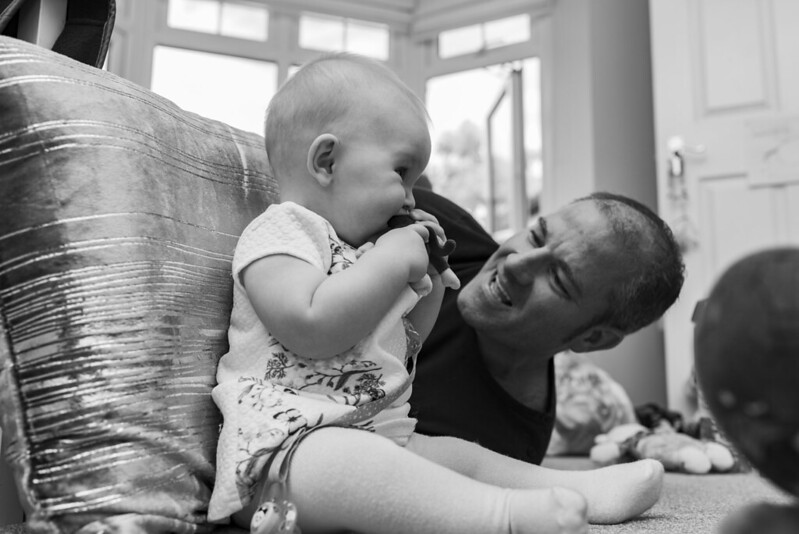That's how I do it. Auto ISO is new to me and seeing so many good photographers using here, I started playing with them. D750 is my first FF and since high ISO images are so good with this camera, I've no problem setting it to the highest ISO. As the flash topic came up here, I spent almost 2hrs reading & digesting Neil Van's website yesterday evening

. Wife and daughter are fed up, so lil short on model to test the knowledge

.
There are some impressive portrait shots here and if don't mind me asking, can anyone post their workflows? like where and how to meter, metering mode used,M/A/S, other settings, any filters and what to avoid (certain ISO, shutter speed, min/max distance to subject, time of the day etc). Indoor with good diffused natural light, I normally get min 800 ISO with Metrix metering for same setting as kingo15's while in his b&w above, he managed with 100. Same lens. Don't have 85mm but wibbly's daughter on 2nd pics above is very sharp wide open on her frame.





 GRE_1753
GRE_1753 GRE_1748
GRE_1748 GRE_1742
GRE_1742 GRE_1728
GRE_1728 GRE_1710
GRE_1710


 evie party 12
evie party 12
